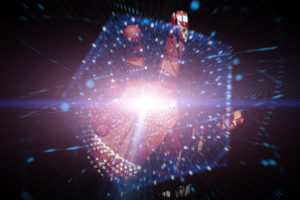
Students of Rudolf Laban’s work seem to fall into two camps: those who like effort and those who like space harmony (aka Choreutics). Or perhaps more accurately, there are those who love Choreutics, and those who loathe it.
Yet there are many reasons to study Choreutics. Reason Number 1: Effort and space go together.
Warren Lamb puts it quite simply: “We cannot move in making an Effort without an accompanying movement of Shaping. These are the two components of movement… Laban made it quite clear that this duality [effort and space] was the basis of his work.”
To understand movement, it is necessary to study both how the mover employs kinetic energy and how he/she shapes the body while moving through space.
Studying movement space is not easy because we are accustomed to thinking of space as a void, an empty territory devoid of landmarks. This is precisely why Laban’s ideas are so useful. In his masterpiece, Choreutics, Laban gives space a geography. It is an abstract and geometrical geography, one that requires imagination on the part of the mover and the observer. But the “fixed points” of Laban’s kinespheric scaffoldings provide valuable landmarks for spatial explorations.
Find out more in “Decoding Choreutics: Part 2,” beginning October 7.
